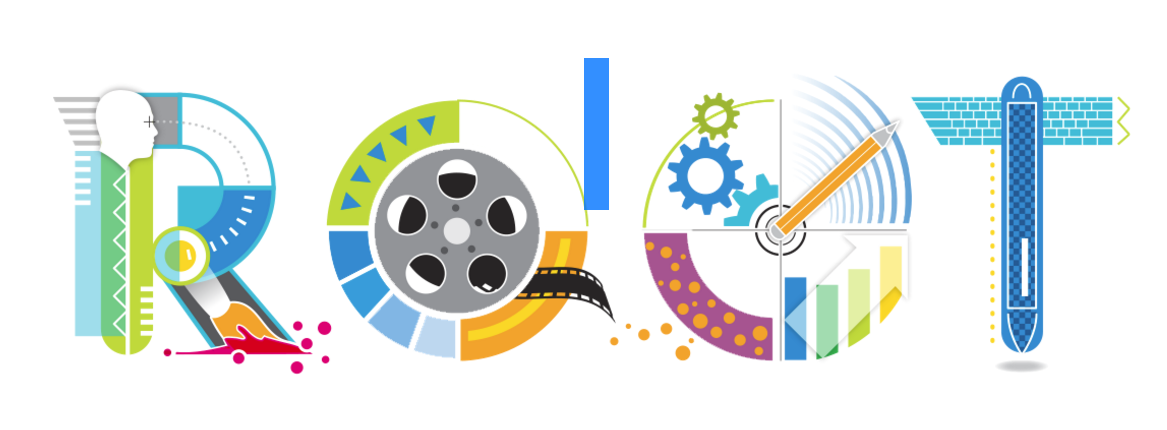Root Digs Deep to Help Clients Achieve Goals Through an Aligned Culture
Root is a full-service consultancy that helps develop customer-focused organizations and believes formal engagement processes are essential to success.
 Meredith Belman is a Managing Director at Root Inc., co-leading the company’s Customer Experience effort, with a focus on retail and hospitality. She is passionate about helping clients create programs that emphasize user-centered design and innovation. Prior to joining Root, Belman ran her own manufacturing business. She leverages that entrepreneurial background and management experience to help her clients achieve the business results they seek.
Meredith Belman is a Managing Director at Root Inc., co-leading the company’s Customer Experience effort, with a focus on retail and hospitality. She is passionate about helping clients create programs that emphasize user-centered design and innovation. Prior to joining Root, Belman ran her own manufacturing business. She leverages that entrepreneurial background and management experience to help her clients achieve the business results they seek.
ESM: How do you describe Root today?
Belman: Root helps the world’s largest companies create change by focusing on defining the future, building an organizational movement and delivering lasting change. Based on an organization’s specific needs and strategic objectives, Root enables co-ownership of strategy with everyone in the business and empowers organizations to develop an aligned culture following a merger or acquisition, or develop a customer-focused culture. We can also arm a division – or an entire company – with a new skill set. Those are just a few examples.
Our focus is to engage the strengths and capabilities of an organization’s people to accomplish their goals, using disruptive methods that combine visualization, storytelling, data, interactivity, conversations and discovery to motivate, inspire and engage people. This has been the purpose of Root since day one – to help organizations achieve change for the long-term – and it continues to be our focus.
ESM: What services do you offer in-house?

Belman: We offer a variety of consulting and disruptive methods – leadership alignment, leader and manager development programs, insights and research, Root Learning Map® experiences, cinematic storytelling, integrated learning, customer experience programs, healthcare-specific programs focused on patient experience and quality and safety, and much more.
ESM: What types of clients do you have?
Belman: A remarkable 66% of the Fortune 50 are clients, and we typically work with global 2000 organizations across all industries and geographies. Some of the brands we are fortunate enough to call clients include American Airlines, Petco, Delta Faucets, Hampton Hotels, Verizon, Starbucks and Taco Bell.
ESM: Do you work as an agency and/or consultancy, or work with other solution providers on behalf of clients?
Belman: We typically partner directly with our clients and deliver all our own services. Of course, we’re happy to work with any of our client’s other partner vendors as well.
ESM: Where does funding come from for your services? Human resources? Marketing? And how is this changing, if at all?
Belman: It depends on the project, but the majority of our projects over the last 10 years or so are funded by the Human Resources, Learning and Training, Organizational Development or Communications departments. This continues to be a consistent buying pattern for Root’s capabilities. While funding typically comes from these areas, we frequently work with the C-suite, and many of our long-term clients are based on engagements with the executive team.
ESM: As you know, despite major investments in corporate training and employee engagement surveys, neither employee nor customer engagement have budged in over 10 years. Why do you think that is?
Belman: The reason that change initiatives typically fail is the same reason that employee engagement isn’t improving – leaders and organizations aren’t focused on inspiring and motivating the people to want to change and give their very best. Our CEO, Jim Haudan, knows there are four keys to engagement.
Leaders need to help their people:
- Connect how their role is part of something bigger then themselves
- Feel a sense of belonging
- Recognize that they are going on a meaningful journey
- Understand how their contributions make a significant impact or difference.
Leaders can do this not only by giving their people information, but also by using methods that transform people from spectators into game-day players. Methods can include storytelling, data, interactivity, conversations and discovery so they can arrive at the same conclusions as their leaders, understand the journey the business is going on, and how they as individuals can activate and affect the change. By bringing everyone into the conversation, they automatically feel more engaged.
ESM: Why do you think it’s taking so long for engagement to become a formal field?
Belman: I think the reason employee engagement and customer engagement have been stuck is because organizations haven’t approached the issue from the right angle. It’s less about making employees happy and more about investing in ways that help them connect their hearts and minds so they feel essential to the company’s strategy and purpose. It’s about creating cultural and strategic transformation. It’s about building organizational movements. And most importantly, it’s about focusing on creating lasting change. Once you’ve done those things, engagement increases and an optimal customer culture that delivers satisfaction and loyalty follows.
ESM: What to you is the distinction between employee engagement and experience?
Belman: Engagement is earned; experience is developed. Engagement is an outcome of experience. When you create a strong experience for employees, engagement is the result. To have strong, productive and engaged people in your organization, you have to look holistically at the organization and the way it operates – from behaviors, policies and systems to communication, knowledge-sharing and skill building – and determine how it all works together to empower employees to be successful in their individual roles and teams. Without examining the full picture of the experience for employees, you will not earn their engagement.
ESM: Do you believe that engagement is pivoting from being a marketing buzzword and concept to a formal process, much as the International Organization for Standardization or the Enterprise Engagement Alliance would define it?
Belman: I think there has long been recognition that employees who are productive, valued and feel like they’re making significant contributions are the conduits for delivering growth, innovation or improved performance in other ways. It would be a wonderful thing if engagement could be codified into a more formal process. I don’t think we’re quite there yet, but there are a lot of exciting movements out there being developed to pivot engagement to a formal process, such as the work of the EEA. At Root, we believe employee engagement can be achieved only if things like deep discussion, metaphors and stories are core to an organization’s culture. If the leadership team’s priorities and behaviors support this culture, managers are given the capabilities to successfully drive change and support their teams and empowering the frontline with knowledge and skills.
ESM: Do you agree or disagree with that there needs to be a formal strategic approach to engagement based on the Enterprise Engagement Alliance framework.
Belman: The EEA’s overall approach states that enterprise engagement needs to involve a formal approach, be about alignment versus silos and include integration of engagement levers. Our perspective at Root is fairly similar. We believe in identifying a strategic approach before beginning any change initiative. It means having a process in place that delivers a clear and defined future, involves every single person in the organization in the change to build an organization movement and uses methods that create lasting change. In fact, we have an insights group that specializes in studying organizations and their people to identify what specific actions and daily habits are helping the organization succeed and/or holding it back. We think understanding the people behind the work is essential to creating the right strategic approach to change. We also are huge proponents of alignment on purpose, goals and priorities, starting at the highest levels of the organization. We certainly agree there are key ways to create engaged employees that understand how each of their roles are meaningfully contributing to the business and what they are all working so hard to create.
ESM: Do you think it’s significant that an organization such as ISO would potentially create standards that could apply to over 1 million companies who comply with ISO 9001 quality and other guidelines involving people? In other words, do you think standards can help eliminate some of confusion surrounding nomenclature and process?
Belman: We certainly believe there are very specific and consistent ways that organizations – regardless of size, industry or purpose – can get their people to have a clear understanding of purpose and possibility. If we could develop standards and a common language to use across industries and companies, that would be immensely helpful.
ESM: Do you believe that pressure from investors could potentially have an impact on public companies vis-à-vis engagement?
Belman: Being a public company certainly means that many constituents have a say in the direction of a company, including things like its purpose, goals, strategy and its leadership team.
ESM: Where do you see the field of engagement five years from now?
Belman: Employee experiences will continue to be a focus for organizations; that cannot and will not change. There is too much data demonstrating that businesses that focus on people see larger or faster growth, better ROI or higher levels of productivity. In addition, products and services can be copied and replicated, but the way you treat your customers – the experience you and your people create and deliver – is uniquely you. The only way to excel in customer experiences is to excel in employee experiences. The drivers of an organization’s success will continue to be the people who best understand their organization’s big picture strategy and purpose, and how their actions specifically contribute to success. More and more companies realize this every day. So in five years I expect the field of engagement to be even bigger and more widely accepted than it is today.
Contact:
Meredith Belman
(800) 852-1315














